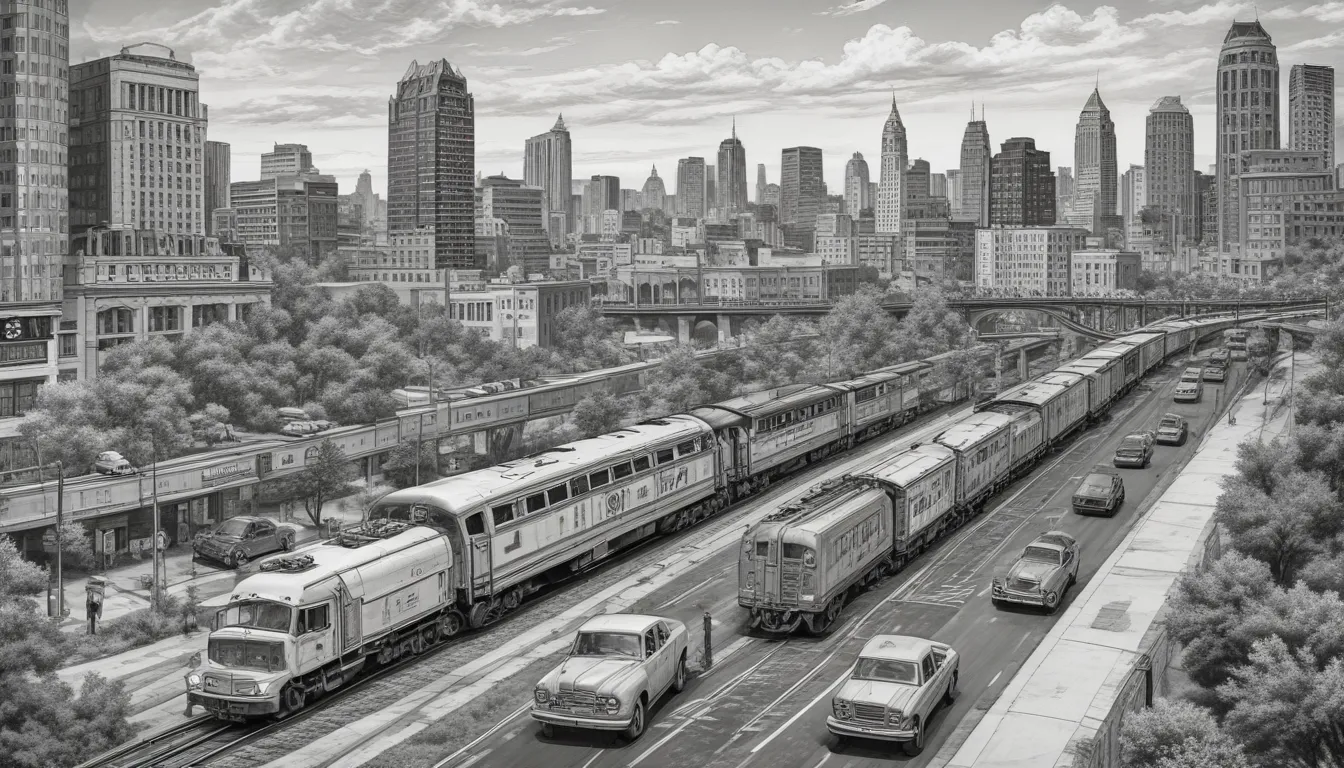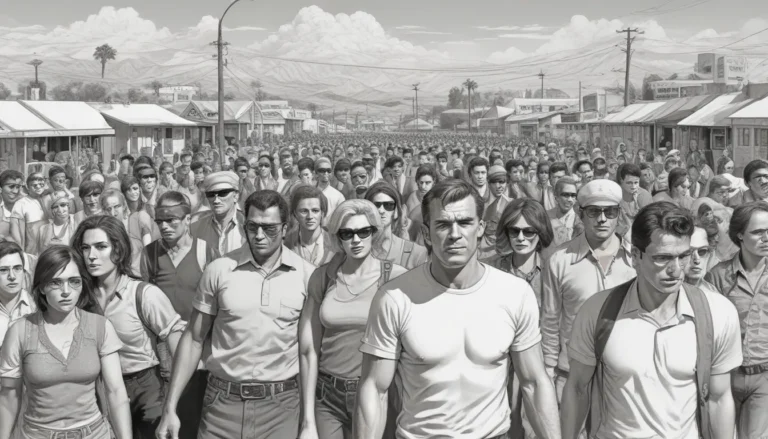The images in our articles are for illustrative purposes only and may not exactly match the content. They are intended to capture your interest and complement the text, not to replace it.
Welcome to Little Rock, Arkansas, a vibrant city steeped in history and bustling with economic activity. As the capital and largest city in the state, Little Rock is a hub of transportation and infrastructure, shaping the city’s growth and vitality. Join us as we delve into the fascinating world of transportation in Little Rock, uncovering nine key facts that showcase the city’s evolution and the crucial role played by its transportation systems.
Discovering Little Rock’s Transportation Landscape
- Little Rock boasts a bustling transportation network, including an airport, river routes, and highways, all fueling the city’s economic growth and connectivity.
- The city’s infrastructure, from bridges to streetcars, enhances urban mobility and offers eco-friendly transportation options, contributing to Little Rock’s progress and dynamism.
Clinton National Airport: A Vital Hub
Located in Little Rock, the Clinton National Airport serves as a vital transportation hub for the region. Named after former President Bill Clinton, the airport offers domestic and international flights, connecting the city to destinations worldwide.
The Arkansas River: A Lifeline for Little Rock
Flowing through the heart of Little Rock, the Arkansas River has long been a vital transportation route for the city. It facilitates the movement of goods and materials, playing a significant role in the local economy and transportation infrastructure.
Interstate 30: Connecting Cities and Communities
Interstate 30, a prominent highway, links Little Rock to major cities like Dallas and Fort Worth in Texas. This crucial transportation artery enables seamless travel and commerce between Little Rock and neighboring urban centers.
Rock Region Metro: Enhancing Public Transportation
The Rock Region Metro provides comprehensive public transportation services within Little Rock and its surrounding areas. With bus routes, paratransit services, and streetcar operations, the Rock Region Metro plays a pivotal role in enhancing the city’s transportation accessibility.
Scenic Trails and Bike Paths: Promoting Alternative Transportation
Little Rock features an extensive network of scenic trails and bike paths, promoting alternative transportation modes and recreational activities. These pathways contribute to the city’s infrastructure, offering opportunities for outdoor exploration and fitness.
The Port of Little Rock: Facilitating Waterborne Commerce
The Port of Little Rock serves as a vital gateway for waterborne commerce, enabling the transportation of goods via the Arkansas River. This strategic port plays a crucial role in the city’s infrastructure, supporting economic activities and trade through its maritime facilities.
Bridges of Little Rock: Connecting Communities
Little Rock is adorned with a series of bridges that enhance connectivity and transportation across the Arkansas River. These architectural marvels not only serve as vital transportation links but also contribute to the city’s aesthetic appeal and urban landscape.
Little Rock Streetcar: Revitalizing Urban Mobility
The introduction of the Little Rock Streetcar has revitalized urban mobility within the city, offering residents and visitors a convenient and eco-friendly transportation option. This modern streetcar system contributes to the city’s infrastructure, promoting sustainable transit solutions.
Supporting Economic Growth: Little Rock’s Infrastructure
The transportation and infrastructure in Little Rock play a pivotal role in supporting economic growth and development. From its airport and river transportation to its highways and public transit, Little Rock’s infrastructure serves as a catalyst for commerce, connectivity, and progress.
Little Rock’s Resilience and Adaptability
Little Rock, Arkansas, boasts a rich tapestry of transportation and infrastructure that reflects its dynamic growth and development. The city’s commitment to enhancing its transportation systems and infrastructure underscores its resilience and adaptability, positioning it for sustained growth and prosperity.
FAQs about Little Rock’s Transportation and Infrastructure
What are the major transportation modes in Little Rock?
In Little Rock, the primary transportation modes include roadways, public transit, and cycling infrastructure. The city’s well-connected road network, complemented by public transit options and bike-friendly pathways, offers diverse transportation choices for residents and visitors.
How does Little Rock prioritize infrastructure development?
Little Rock prioritizes infrastructure development through strategic planning and investment. The city focuses on maintaining and enhancing its existing infrastructure while also implementing innovative solutions to address evolving transportation needs. This approach underscores Little Rock’s commitment to sustainable growth and connectivity.
Little Rock, Arkansas, is a city that embraces progress and connectivity through its transportation and infrastructure systems. Join us in exploring the dynamic landscape of transportation in Little Rock, where history meets modernity, and where infrastructure shapes the city’s future. As you journey through the vibrant streets and bridges of Little Rock, marvel at the ingenuity and resilience that define this thriving city.






